Android Version Share : Nougat keeps lead, Pie still missing

The Android Version Share numbers are out for the month of September. Nougat is at the top, Oreo is growing fast and is now at 21.5% and there is no sign of new version, Pie. Nougat now has 28.2%, down from 29.3% share. Marshmallow has 21.3% of market share, down from 21.6%. Lollipop, from 2014, is still at 17.9%, down from 18.3%. Oreo, on the other hand, is at 21.5%, up from 19.2%. As expected, this is mediocre given that iOS12 is already on 53% of devices in less time, has 93% when iOS11 share is added. It is depressing to see a three-year-old version having close to a third of the market share. What’s even worse is that Lollipop share did not decline much this month and held around 17.9%, almost as much as Oreo. KitKat dropped market share slightly to 7.6%, down from 7.8%. As expected, Pie will not have any decent share until mid 2019 and version 5 and 6 will continue to have large share well into first half of 2019.
Here is the new chart compared with the previous chart


Display size distribution share
The ‘normal’ sized hdpi resolution display (3″-5″ 240dpi) market share increased to 25.6%, up from 24.8%. Normal-sized xhdpi displays increased to 41.9%, up from 41.6%. HDPI and XHDPI resolution display now hold 68.1% of market share. The increase in higher resolution share shows that users are more interested in devices with bigger display size and also prefer the higher resolution. Another great change to note is that high dpi xhdpi registered increase this year.
A reference set of six generalized densities:
- ldpi (low) ~120dpi
- mdpi (medium) ~160dpi
- hdpi (high) ~240dpi
- xhdpi (extra-high) ~320dpi
- xxhdpi (extra-extra-high) ~480dpi
- xxxhdpi (extra-extra-extra-high) ~640dpi
The generalized sizes and densities are arranged around a baseline configuration that is a normal size and mdpi (medium) density. This baseline is based upon the screen configuration for the first Android-powered device, the T-Mobile G1, which has an HVGA screen (until Android 1.6, this was the only screen configuration that Android supported).



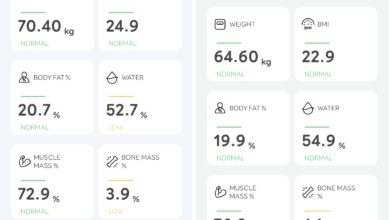
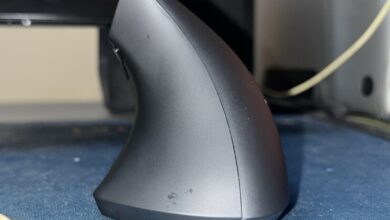
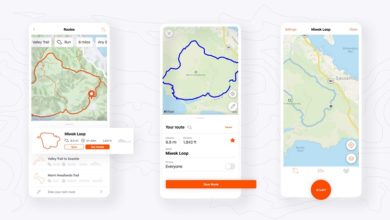
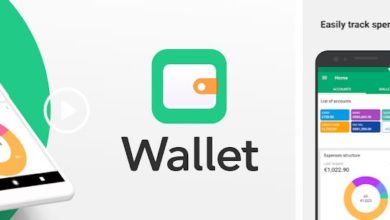
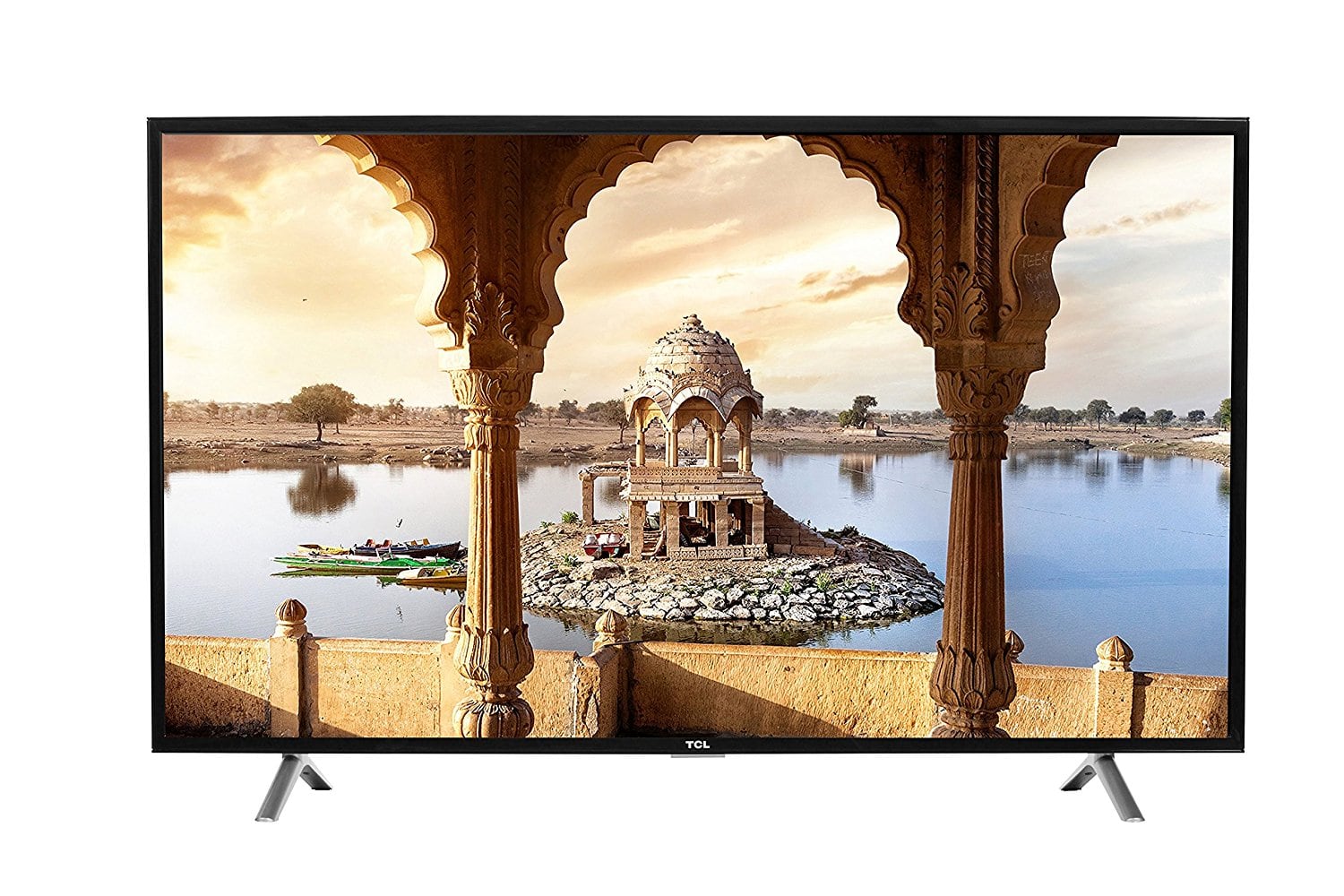
[…] smartphone OS from Google has still got way to cover, with its share among Android devices being just under 1%. But that’s not stopping Google from getting involved with the next iteration; the Android […]
[…] 5.1% points in the last two months. In the last one month alone, in July, the adoption went up by 1.9% point. The significant jump in the adoption of Marshmallow is attributed to the roll out of […]